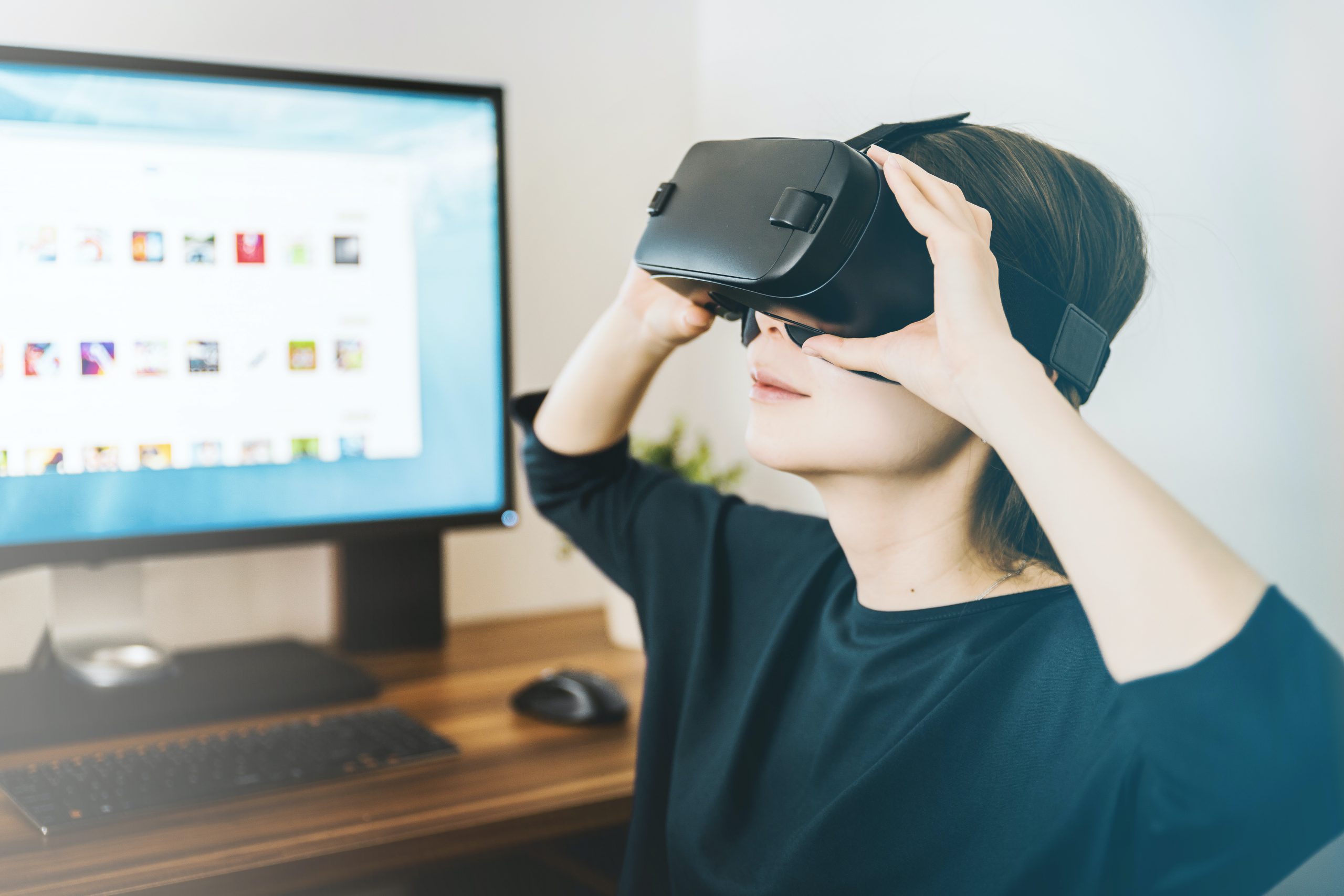As opposed to the olden days where it was portrayed as a world-ending technology, Virtual Reality (VR) has become a sophisticated, albeit a family-friendly piece of advancement.
Today, the technology’s 3D interactive virtual abilities have been used for a wide range of different purposes, ranging from informative applications to entertainment. Thanks to the continuous effort of various firms and researchers, this game-changing technology has taken on a pivotal role in multiple industries with a quicker adoption experience, especially in the healthcare industry.
The introduction of VR technology in medicine
Despite its newness in healthcare, Virtual Reality has wasted no time in making its presence known in various fields and specialties. From blood testing to cardiovascular uses, the potential of the technology to be used in various disciplines has been realized by leading institutions and tens of thousands of physicians all over America.
The field of neurosurgery, for example, has greatly benefited from VR technology because it allows practicing physicians to navigate through a patient’s brain without needing invasive surgery. With the help of a hyper-real digital simulation, neurosurgeons can carefully map out their procedure and further explain to a patient their condition by pointing out problem spots.
Additionally, the technology itself also provides a clearer 3D image of the brain’s structure to allow proper navigation around aneurysms, blood vessels, and tumors during an actual surgery.
Other noteworthy applications
Given the current potential of the technology in the healthcare industry, its application in a seemingly endless list of purposes and disciplines is no longer an overstatement.
Beyond surgery, VR technology has also made its mark in the applications of advanced medical training and education because it can provide an in-depth learning experience that can’t be achieved with textbooks alone. On the other hand, it has also seen continuous applications in planning efforts for rehabilitation therapy and radiation therapy, as it provides an in-depth view of what problem areas must be treated. Furthermore, all these can be done without the need for invasive procedures.
Virtual Reality is slated to play an even bigger role in groundbreaking medical treatments, such as robotic-assisted surgery. Many physicians have claimed the technology as the next big thing in the industry because of its unparalleled abilities for detailed imaging, anatomical visualization, and distance diagnosis.
A stronger potential for growth
When it comes to the biggest part of the subject, one of the main aspects of the healthcare industry is the VR technology’s key role in shaping the future of medicine.
With more and more medical firms, hospitals, and professionals making their investments in the technology itself, the future of American healthcare spells long-term reductions in medical errors and training costs. As the country’s own healthcare markets continue to expand, professionals expect nearly every hospital and clinic on US soil to have at least one form of VR technology in its operational loop.
Conclusion
Coming a long way from its former ideology roots, Virtual Reality is poised to take on an even bigger role in the US healthcare system in the long run. Although it may already be playing a pivotal role now for certain disciplines, the futuristic technology is expected to change the way physicians work once it is fully adapted across all fields!
We’re a reliable resource for health and medical news in the healthcare industry. Follow us for more news and updates today!


















